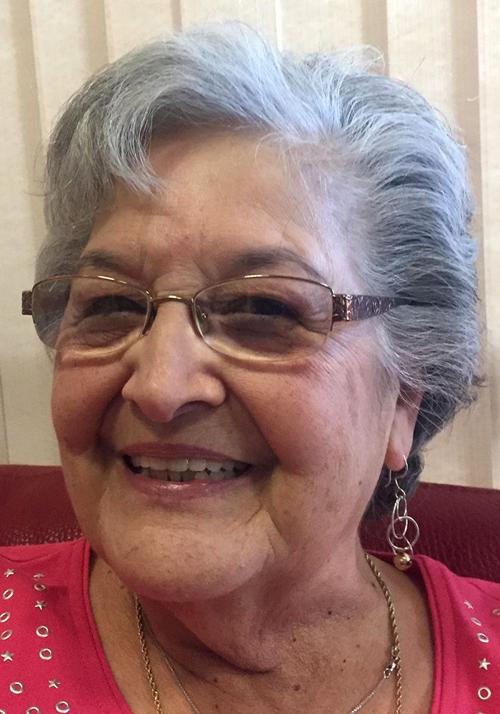To her many students, she was the maestra. To others she was their mentor. To her fellow educators, many of whom came from similar backgrounds like herself, Guadalupe Guerrero Romero was an inspiration.
“She was an educator’s educator,” said Esperanza Burrell Bejarano, a colleague who worked as an educator for 32 years and retired as principal of Johnson Primary School.
Romero died Aug. 25 from cancer. She was preceded in death by her husband, Frank O. Romero, who established Nosotros Academy, a charter school in Menlo Park. He died 2009.
Romero was 75. She is survived by four children and 11 grandchildren.
Guadalupe Romero had served as principal of Davis Bilingual Elementary School in Barrio Anita downtown, helping elevate its prestige and accomplishments. Romero graduated from the University of Arizona where she earned her undergraduate, master’s and doctorate degrees.
She had a 37-year career in education, including 13 years as principal of Davis. She retired in 2003 from the Tucson Unified School District.
She was known for her fierce support of education, and her passion focused on bilingual education. She was one of a handful of pioneering Chicana teachers who moved into the white male domain of school principals in TUSD, breaking down barriers and opening the path for others to follow.
“We were some of the first Mexican-American women, and we had a hard time but we did it,” said Margaret Leon Romero (no relation), who served as an educator for 38 years in the district and who retired as principal of Brichta Elementary on the west side in the mid-’90s.
A few of the things that happen on Tucson summer days.
Romero was born in Bisbee to Ramon and Guadalupe Guerrero, just as World War II was ending. But in that small Southern Arizona mining town, built on the shoulders of immigrant workers, the Guerrero family faced stiff discriminatory laws and practices common in many Arizona mining towns.
Notwithstanding the challenges, Romero and her siblings prevailed. Three of her elder siblings were also accomplished educators. Her brother, Adalbert Guerrero, who survives Romero, was a UA professor in education and one of the creators of the late-1960s federal legislation that created bilingual education.
Her late sister Mercedes “Merci” Guerrero, who died in 2011, was a pioneering bilingual education teacher who also helped spread Mexican ballet folklorico in Tucson. And Margarita Guerrero Rubi, who died in 2013, taught bilingual education and worked at several west-side schools.
Adalberto Guerrero, who recently self-published his memoirs in Spanish, wrote that his little sister, Lupita, would have stayed in Bisbee, but she was encouraged to go to the UA which she did, ending up earning a doctorate.
“Without a doubt, she did so only to show her older siblings that everything was easy for her. And she did so with her husband Frank Romero, raising four children and working full time,” Guerrero wrote in “Cuando Mis Hijos Sean Grandes.”
At the UA, Romero joined the handful of Chicano students in a group called Los Universitarios, many of whom shared similar family and cultural experiences.
This experience helped shape Romero’s lifelong view of supporting Chicano students through education. Subsequently as a classroom teacher, Romero saw up close the disparities for Chicano and Spanish-speaking students in the public schools.
As she grew into her role as teacher and later principal, Romero found her voice as more young Chicanos created their civil-rights movement seeking justice and equal education.
“She told it like it is,” Bejarano said.
While Romero often spoke her mind and directly, “she spoke when she had to and said what she had to,” said Margaret Romero.
And Romero did with respect and dignity, said her friends and colleagues.
In addition to serving as a teacher, Romero taught at the UA where many of Tucson’s bilingual education teachers first met her. She left the UA to to take the helm at Davis.
Romero was active in the community as well. She served on the board of directors of the Tucson International Mariachi Conference, La Frontera Center, Nosotros and the UA Hispanic Alumni Association. And Romero was a faithful follower of her namesake, the Virgin of Guadalupe.
Bejarano said that Romero, along with her teaching peers, had a vision of what they wanted to accomplish.
“We began to feel the need not only for bilingual education, but to help make change,” said Bejarano.





